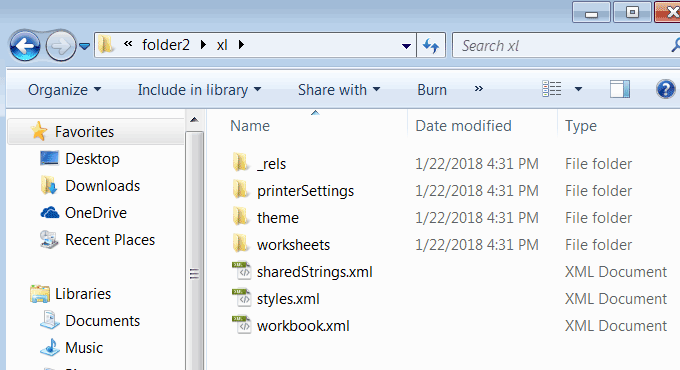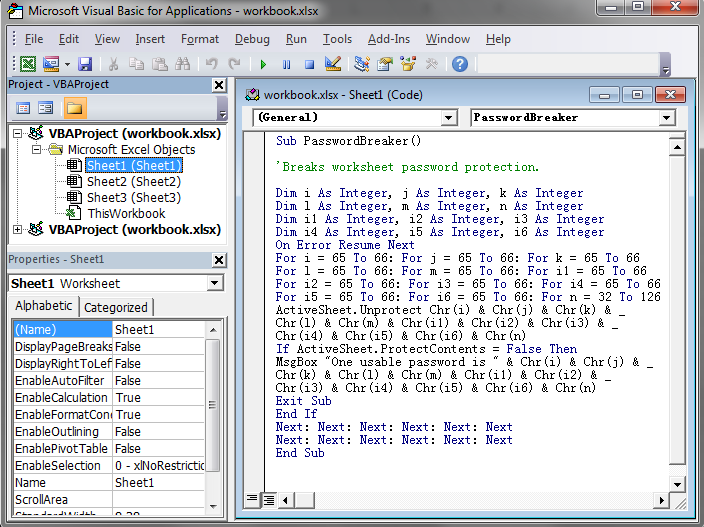3 Simple Ways to Unprotect Excel Sheets in 2010

Excel spreadsheets are powerful tools for organizing and analyzing data. Often, to maintain data integrity, users lock or protect sheets or workbooks. But there might come a time when you need to unprotect Excel sheets to make modifications. If you've forgotten the password or you need to edit a sheet you didn't protect, this guide will walk you through three simple ways to unprotect an Excel sheet in Excel 2010.
Method 1: Using the "Unprotect Sheet" Feature

The easiest way to unprotect an Excel sheet is by using the built-in feature if you know the password:
- Open the Excel document.
- Navigate to the Home tab.
- In the Cells group, click on "Format".
- Under Protection, select "Unprotect Sheet."
- If the sheet is password protected, a dialog box will ask for the password. Enter the password and click "OK."
⚠️ Note: This method only works if you know or have access to the password for the protected sheet.
Method 2: Using VBA Code

If you don’t have the password, but you're allowed to edit the workbook, you can use Visual Basic for Applications (VBA) to bypass the protection:
Here's how you can do it:
- Open the Excel workbook that contains the protected sheet.
- Press Alt + F11 to open the VBA editor.
- In the Project Explorer (usually on the left), find and double-click the worksheet you want to unprotect.
- Copy and paste the following VBA code into the window:
Sub UnprotectSheet()
Dim i As Integer, j As Integer, k As Integer
Dim l As Integer, m As Integer, n As Integer
Dim char1 As Integer, char2 As Integer, char3 As Integer
Dim char4 As Integer
For i = 65 To 66: For j = 65 To 66: For k = 65 To 66
For l = 32 To 126: For m = 32 To 126: For i1 = 32 To 126: For i2 = 32 To 126
For n = 32 To 126: For o = 32 To 126: For p = 32 To 126
ActiveSheet.Unprotect Chr(i) & Chr(j) & Chr(k) & Chr(l) & Chr(m) & Chr(i1) & Chr(i2) & Chr(n) & Chr(o) & Chr(p)
Next p: Next o: Next n: Next i2: Next i1: Next m: Next l: Next k: Next j: Next i
MsgBox "Password found!"
End Sub
- Run the macro by pressing F5 or selecting "Run" -> "Run Sub/UserForm" from the menu.
- If a password is found, you'll see a message box. You can then copy and paste this password into the unprotect prompt.
📝 Note: This VBA code attempts all common password combinations, which can be time-consuming for complex passwords.
Method 3: Third-Party Software

For more advanced or strongly protected Excel sheets, third-party tools can be employed:
- Download and install software like Excel Password Recovery Tool or Office Password Remover.
- Open the software, import or select the Excel file you wish to unprotect.
- Follow the software instructions, usually involving a few clicks to unlock or recover the password.
- Once the sheet is unprotected, you can make the changes you need.
These tools often provide user-friendly interfaces to unlock sheets without needing VBA knowledge or having to manually input combinations:
| Software Name | Description |
|---|---|
| Excel Password Recovery Tool | A specialized software for Excel password recovery with various modes including brute-force and dictionary attack. |
| Office Password Remover | Supports removing passwords from a wide array of Microsoft Office file formats, not just Excel. |

🔑 Note: Be cautious when using third-party tools, as they can sometimes compromise file integrity or contain malicious code.
In this comprehensive guide, we've covered three methods for unlocking Excel sheets. Remember, whether you're using the built-in unprotect feature, VBA code, or third-party software, always consider the ethical implications of unlocking or modifying someone else's protected data. Excel protection is there to ensure data security and integrity, so use these methods judiciously. If you find yourself frequently needing to unprotect sheets, consider implementing better document management practices or using more sophisticated data protection techniques in your workflow.
What should I do if I’ve forgotten the password to my Excel sheet?

+
If you’ve forgotten the password, you can try using a VBA code or third-party software to unlock or retrieve the password.
Is it ethical to unprotect an Excel sheet?

+
Unprotecting a sheet without permission can be considered unethical. Always ensure you have authorization before attempting to modify or access protected data.
Can I re-protect the sheet after I’ve unprotected it?

+
Yes, once the sheet is unprotected, you can reapply protection. Navigate to the “Format” option under the “Home” tab and select “Protect Sheet” to reapply your settings.
What happens if third-party software doesn’t work?

+
If third-party tools fail to unlock your sheet, you might need to seek help from the sheet creator or use professional data recovery services.



